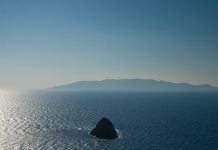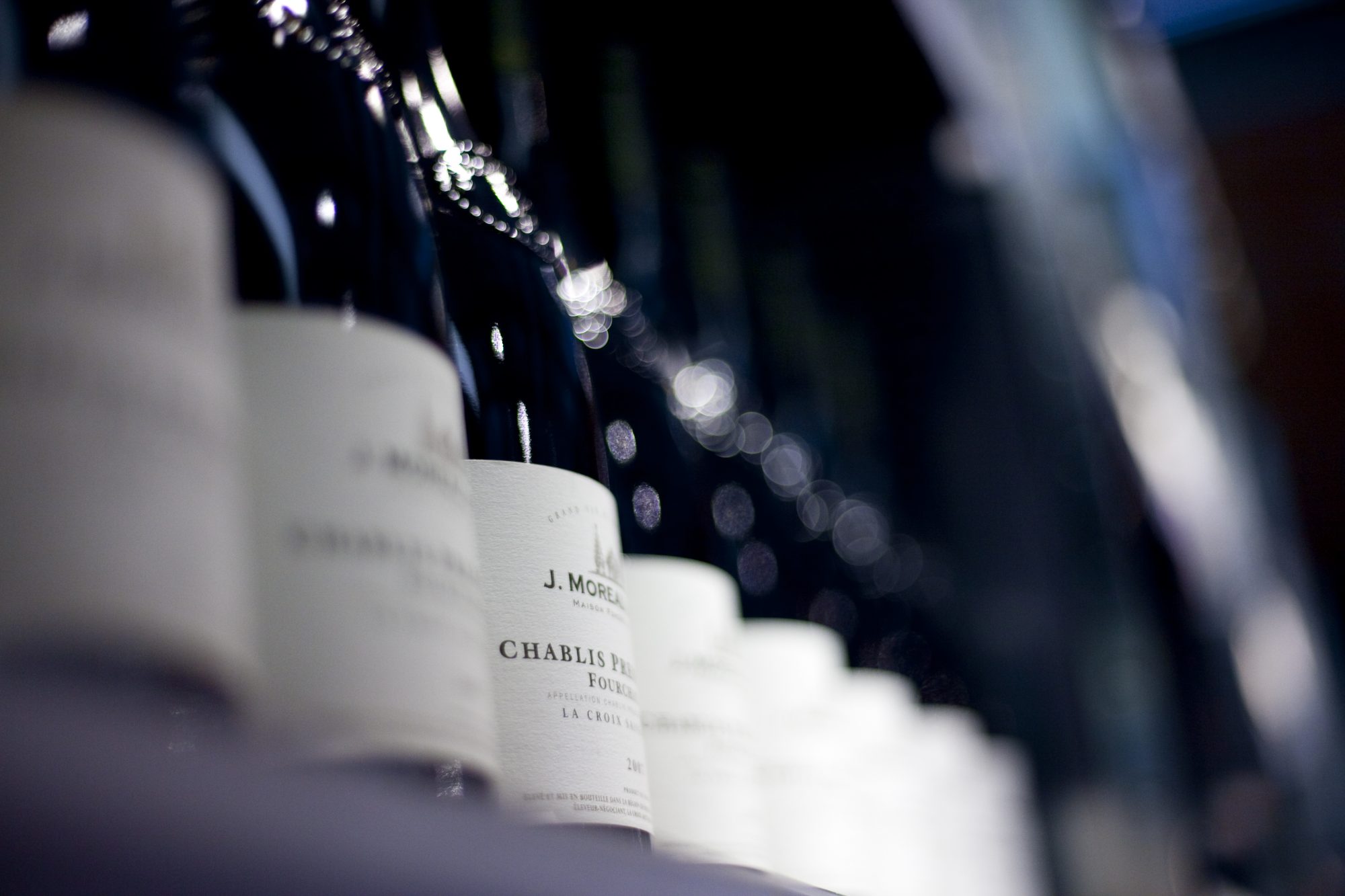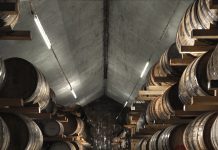Chablis is hailed as vibrant, minimalist, austere and most certainly prestigious.
Most people know Chablis as a refreshing white wine, the perfect accompaniment to fish and shellfish, and also extremely satisfying on its own.
As so many travelers know, it’s seen as the ultimate summer wine. Still, people drink Chablis year round. But of all these Chablis lovers (you may be one of them), how many know the details of the geography where it comes from, or why the wine has four quality-based appellations?
For starters, Chablis is only made in a handful of vineyards across 7500 acres surrounding the small town of Chablis, located south-east of Paris, in northern Burgundy. Winemaking goes back to Roman times here, and to the monks who made wine starting in 865 AD. Chablis lies next to Champagne, which is the only wine producing region in France that is further north than Chablis.
All Chablis, like all Champagne, is based on the Chardonnay grape. Still, Chablis seldom comes off as a blatant Chardonnay. Most Chardonnays display fruit flavours, perhaps pineapple or other tropical fruits. Chablis tastes more like autumn apples, or citrus. Chablis is nuanced and subtle, restrained and elegant. Perhaps Chablis is the purest expression of Chardonnay.
“Could Chablis be the new Champagne?”
Southwestern slopes
Then there are the four degrees of quality. They are: Petit Chablis, Chablis, Chablis Premier Cru and Chablis Grand Cru. There are 40 vineyards with premier cru status and seven grand cru vineyards. The grand cru vineyards are situated on slopes facing southwest, and therefore have more direct sunlight than the others.
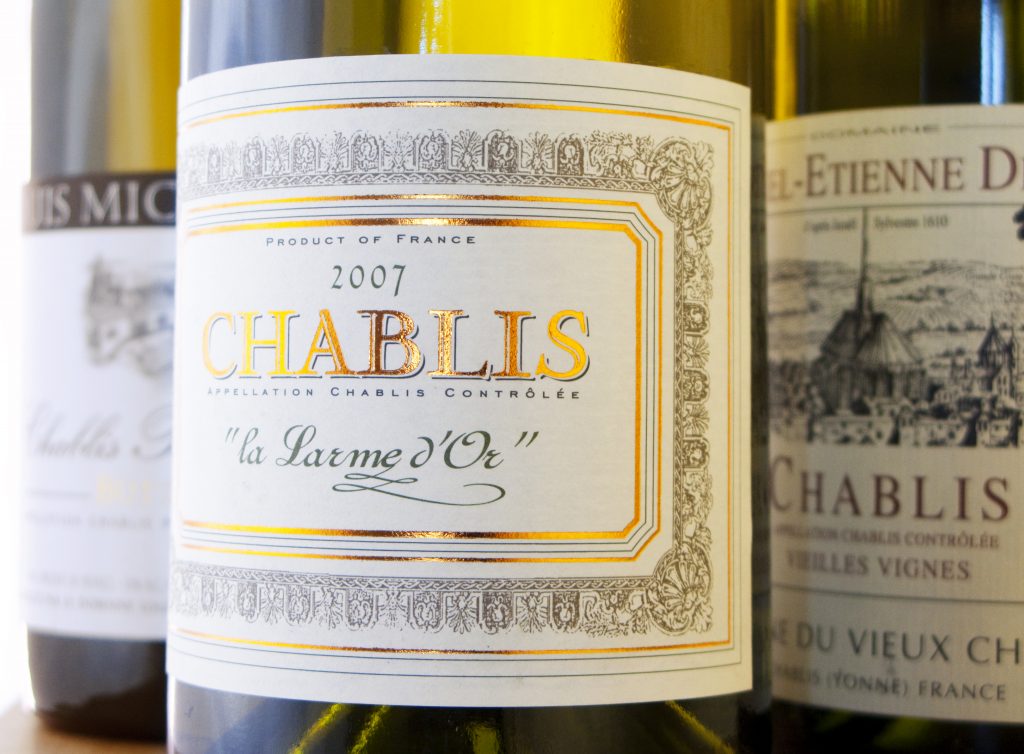
That’s important in a region so far north in the country that the climate is just on the edge of what is conducive to growing grapes. It features hard winters, spring frosts, hail and even an autumn storm or two. Growing grapes is not an easy life.
Also read about Argentario, Italy
It’s a climatically fragile area, and there’s always the risk of frost in the spring. The growers almost have to spend day and night out in the fields, watching the grapes. In the early spring some growers warm the vineyards at night using oil-burning stoves. Some spray the vines with water as protection.
Perhaps Chablis is the purest expression of Chardonnay.
The fragility leads to larger annual variations in Chablis wine than in other Chardonnays. Also, there are smaller harvests – leading to more exclusivity.
Some winemakers use oak for fermentation and aging, while others use only stainless steel tanks. Some use a combination.
Jurassic effect
Another important factor in Chablis is the unique soil in the area, a blend of limestone, chalk and clay that provides a mineral taste and aroma to the wine. The Jurassic era limestones are mostly Kimmeridgian. It was a seabed 180 million years ago. This seabed was covered with oyster shells, and today the remains of these fossils have affected the soil.
You can taste the minerals in the wine. Some people associate the taste with steeliness or flint. Either you love it, because it’s fresh, delicate with overtones of citrus or green apple aromas, or you think it’s too dry. Usually it’s one or the other.
“Chablis is the ultimate summer wine.”
Chablis tends to be more expensive than other wines, in part because of the climatic challenges of the region. But it’s still less expensive than champagne. In the past few years some observers have noticed that Chablis has taken over where champagne previously ruled. Maybe the financial crisis is adding to that trend.
Chardonnay chilled for chilling out
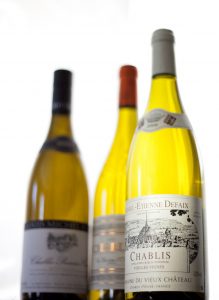
Nothing can match the strength of classic taste.
Chablis is as popular as ever, perhaps in part because of its versatility. It goes well not only with seafood, but with most poultry, veal and pork.
The chalkiness of Chablis can offset the cream or butter in food. It goes perfectly with raw oysters or spicy crab cakes.
And remember: Chablis, like other white wines, should be served between 8 and 12 degrees Celsius. It shouldn’t be chilled too much, or it will taste too acidic.
Don’t put it on ice!




